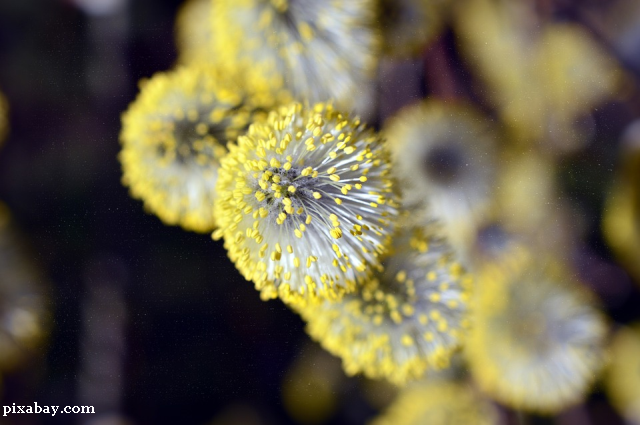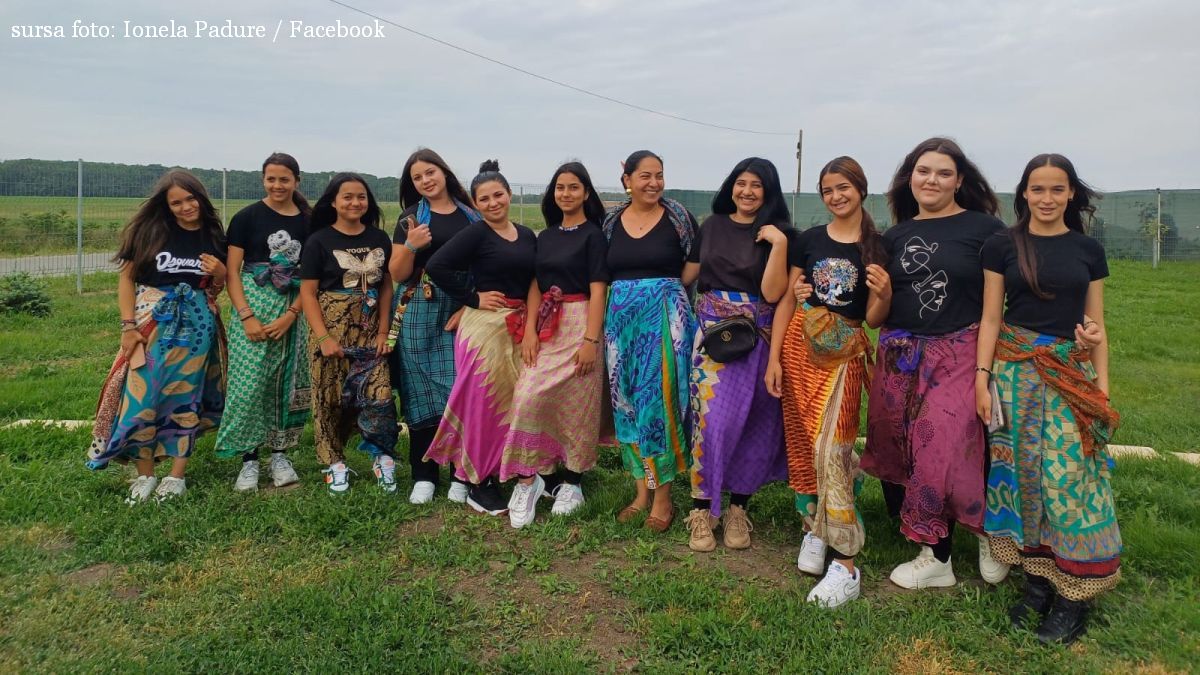Romanians and Seasonal Allergies
Seasonal allergies have become commonplace among the conditions that affect Romanians in growing numbers from one year to the next over the last few decades

Christine Leșcu, 23.10.2019, 14:17
Seasonal allergies have become commonplace among the conditions that affect Romanians in growing numbers from one year to the next over the last few decades. In Romania, things are not that different from the rest of Europe, where around 21 to 23% of people have allergic rhinitis, while 30% of them suffer from hives. In addition, studies show that over the next 5 to 7 years, one of out two children will manifest one form or another of allergy. In Romania, for the last three years or so, a certain form of allergy has become more and more widespread, the so-called ambrosia allergy, caused by the plant called Ambrosia Artemisiifolia, the common ragweed. It manifests by a variety of symptoms, such as rhinitis, reddened eyes, and itching, which is interferes severely with a patients day to day functioning. In very polluted cities, like Bucharest, allergies are more and more severe and widespread. We spoke about this rising phenomenon with an allergy specialist, Dr. Violeta Perla:
“Particulate pollution in itself does not necessarily trigger allergies, but the Diesel particulates that have flooded Bucharest and busier cities, with very large fleets of cars, increase the potential of pollution for causing allergy. Their allergenic potential rises 400 to 600 times, and that explains why in urban environments the severity of allergies is much higher than in the countryside. Youd expect things to work the other way around, to have more allergies in the countryside, where pollen is prevalent. In fact, allergies are more severe in cities, where pollen exists in smaller quantities, but where the potential is higher because of Diesel emissions and many other kinds of emissions. A Pandoras box was opened with the emergence of ambrosia allergies. In Romania this type of allergy has not yet begun to be contained. The number of patients is on the rise, and the severity is rising too. Most patients begin with seasonal allergic rhinitis and reddened eyes, and after a few years associated asthma develops, also seasonal, but which can become chronic. Finally, which makes it even worse, the patient may develop an allergy to fresh fruit and vegetables.”
Naturally, people seek remedies for allergies, even though they cannot be cured completely, but they can be kept in check with drug treatments, says Dr. Violeta Perla:
“The regular therapy only keeps under control the manifestations of the condition, and does not operate on the mechanism that produces it. The only thing that we can do to improve to a certain degree the daily life of the patient is by applying specific allergenic immunotherapy. These are a kind of therapeutic vaccines that allow a normal life, even when exposed to pollens. These vaccines render symptoms minimal, preventing the condition from worsening, in order to prevent complications and allow patients to go about their daily life.”
Unfortunately, these vaccines are costly, just as the tests and treatment are, and can be unaffordable for Romanians. A recent study from an insurance company tried to calculate the costs incurred by patients treating allergies. Here is actuary director Marius Constantinescu:
“We followed the convoluted path that an insured person has to follow, an allergy patient. Initially they go to their family physician because of symptoms. The latter analyze the situation, make a diagnosis, and the patient is sent to a specialist, be it dermatology or alergology. Each physician prescribes certain tests. Every step of the way incurs costs, because most tests are performed in private clinics, which increases the bills. A consultation, for instance, is 200 lei at the least. Overall, these tests, consultations and treatments may reach upwards of 4,000 lei annually, about 900 Euro, which the patients have to fork out themselves if they are not insured.”
A large part of these costs, therefore, are covered by the patients themselves, even though they are part of the public health insurance system. However, the number and complexity of tests and treatments covered by the public system is very limited. Physicians dealing with allergy conditions are confirming this, telling us that many patients dont have a choice and have to cover these expenses, which can get very high.
However, there are also private insurers for healthcare, providing optional policies. These, unfortunately, are only accessible to patients with above average incomes. Taking that into consideration, some insurance companies have put together special affordable policies for allergy sufferers. They start from 1,600 lei per year, and cover a wide array of procedures anywhere in the country. Here is Alexandra Durbaca, executive with an insurance company:
“In my opinion, nowadays a parent pays more than 1,600 lei per year for medical investigations for a healthy child with occasional conditions. In the case of a sick child, costs rise considerably. Over the last years, we have seen parents gravitating more and more towards the private insurance sector. The costs of a policy are no longer prohibitive, as they used to be, or how most people believe they are. What is important is for people to get informed and to seek out these financial solutions, because they can find them in Romania now.”
Right now, the Romanian Parliament is debating a bill aimed at protecting people with allergies and associated conditions.






























